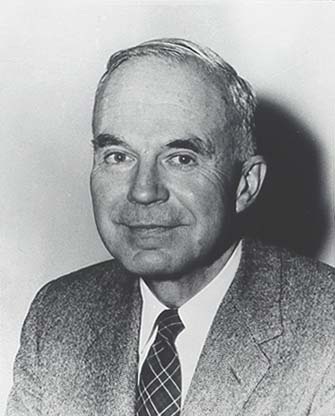
| Roles | Competed in Olympic Games |
|---|---|
| Sex | Male |
| Full name | Walker Kirtland•Hancock |
| Used name | Walker•Hancock |
| Born | 28 June 1901 in St. Louis, Missouri (USA) |
| Died | 30 December 1998 (aged 97 years 6 months 2 days) in Gloucester, Massachusetts (USA) |
| NOC |  United States United States |
American sculptor Walker Hancock was well-known for his monumental sculptures, mostly depicting American history. He studied at the School of Fine Arts at Washington University in St. Louis and the Pennsylvania Academy of Fine Arts in Philadelphia. In 1925 he was awarded the Rome Prize, after which he was able to study three more years in Rome, from 1925-28. His most famous work was the Pennsylvania Railroad World War II Memorial. He opened a studio in the coastal town of Gloucester and continued his work in art and sculpture up until his death.
During World War II Hancock served in the US Army Medical Corps, and was eventually promoted to Captain and notified of the President’s creation of the American Commission for the Protection and Salvage of Artistic and Historic Monuments in Europe, popularized by the recent book and movie, Monuments Men. He then participated in many of the important discoveries of repositories across Germany in the late war years 1944-45. He spent time inventorying collections and providing emergency treatment to prevent deterioration of works of art. After the war he returned to his position as a Director of sculpturing of the Pennsylvania Academy of Fine Arts, a position he held for almost 40 years. With the Presidential Medal of Freedom, he received the highest civilian award in the United States. Hancock’s bronze Roman Boxer was created in 1928 and is now located in the Cape Ann Museum in Gloucester.
| Games | Discipline (Sport) / Event | NOC / Team | Pos | Medal | As | |
|---|---|---|---|---|---|---|
| 1932 Summer Olympics | Art Competitions |  USA USA |
Walker Hancock | |||
| Sculpturing, Statues, Open (Olympic) |